Ancient Implements
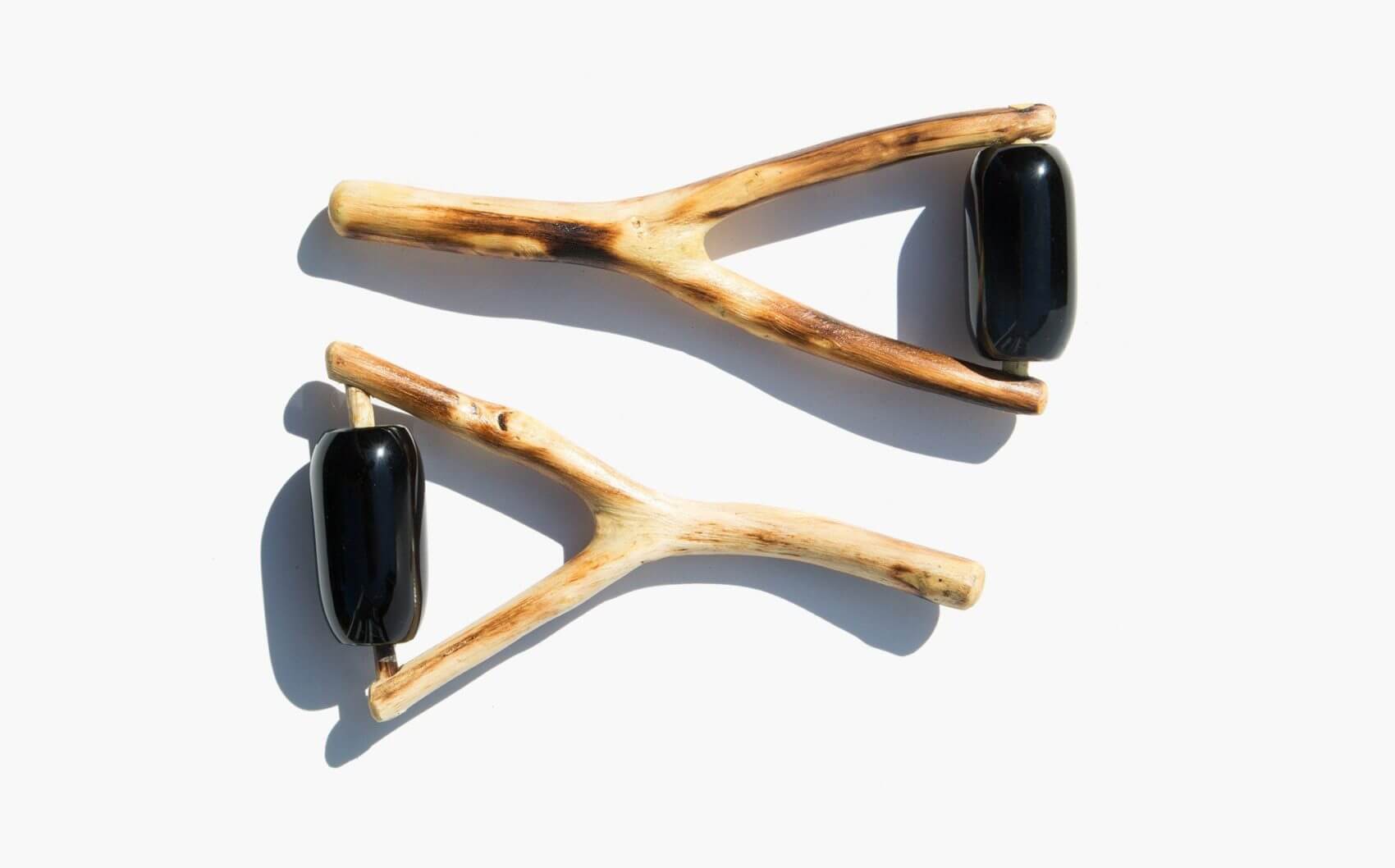
Modernity easily obscures the antiquity and clout of objects that have long been part of daily life. We readily accept innovation – especially when it facilitates simplicity – but often we don’t question what is lost in the process of modernization until established implements are made redundant. It can take them resurfacing as object d’art to remind us of the value of organic materials, raw processes and a proximity to nature afforded by only the most amaranthine of artifacts.
The product of innovation precedes the latest technology – it manifests in centuries old implements whose perfection remains unmatched by our most intelligent machinery. Throughout history, cultures around the world have invented pragmatic and precious instruments to resolve quotidian challenges. The precision of such objects have allowed them to stand the test of time and their beauty has contributed to their dissemination across the world – yet in some conditions, their ubiquity transpires at the expense of estrangement from their origins. Without provenance, these implements become a shadow of themselves, and the people and places whose ingenuity crafted something timeless is, with time, forgotten.
In exploring ancient instruments we hope to give voice to the whispers of stories that have been silenced by innovation, as well as illuminate the path back to the origins of objects so that we might view them in new – and perhaps even different – ways today.
Hero Photo Credit: Kindred Black
"Without provenance, these implements become a shadow of themselves, and the people and places whose ingenuity crafted something timeless is, with time, forgotten."
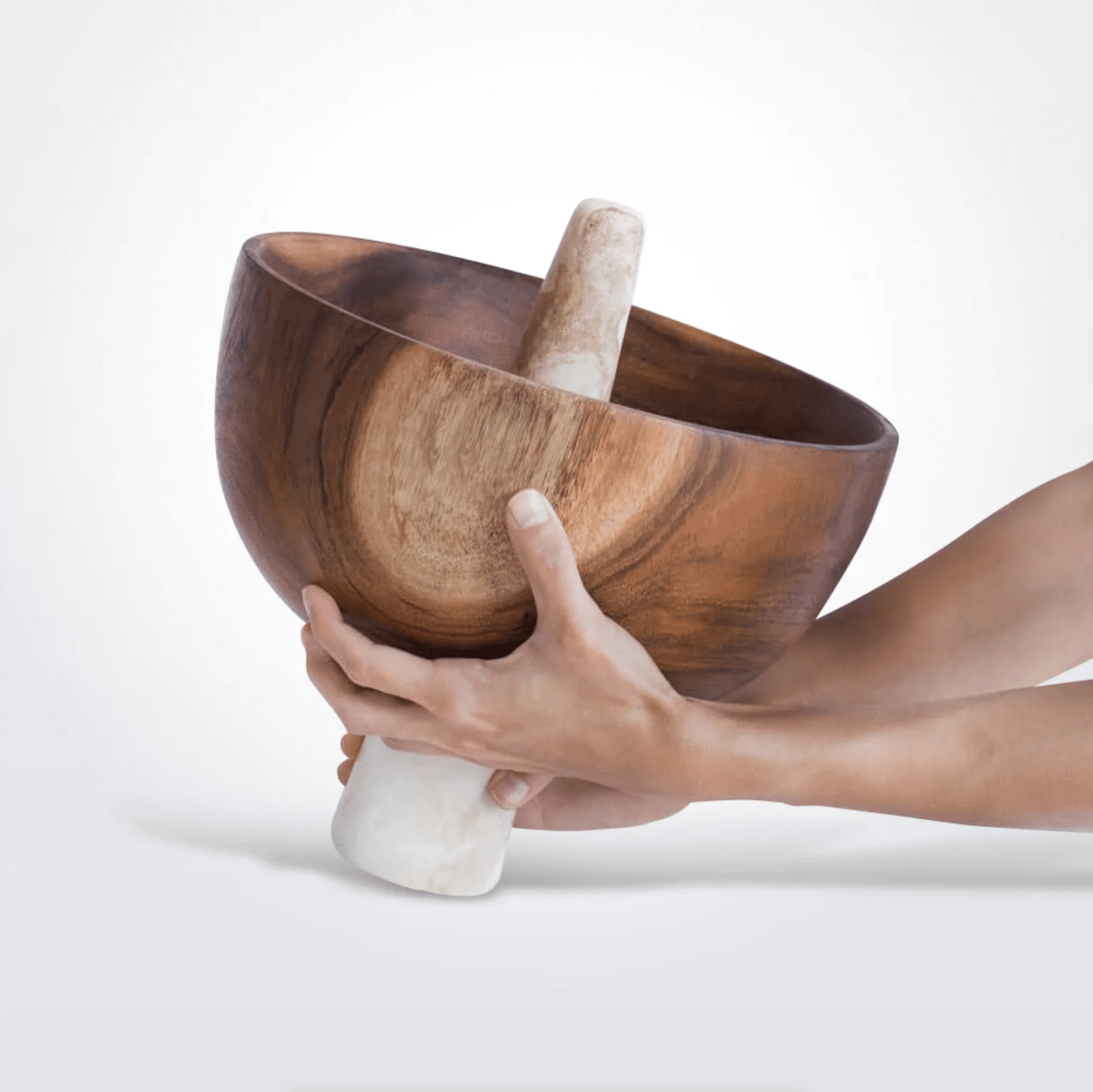
This bowl is inspired by the Mayan culture of Mexico’s Yucatan Peninsula, where traditionally trained artisans have collaborated with Region to hand craft this implement. The unique tone of Tzalam wood combined with the stone pestle creates a piece that is both innately sculptural and practical, distilling a natural essence into your home.
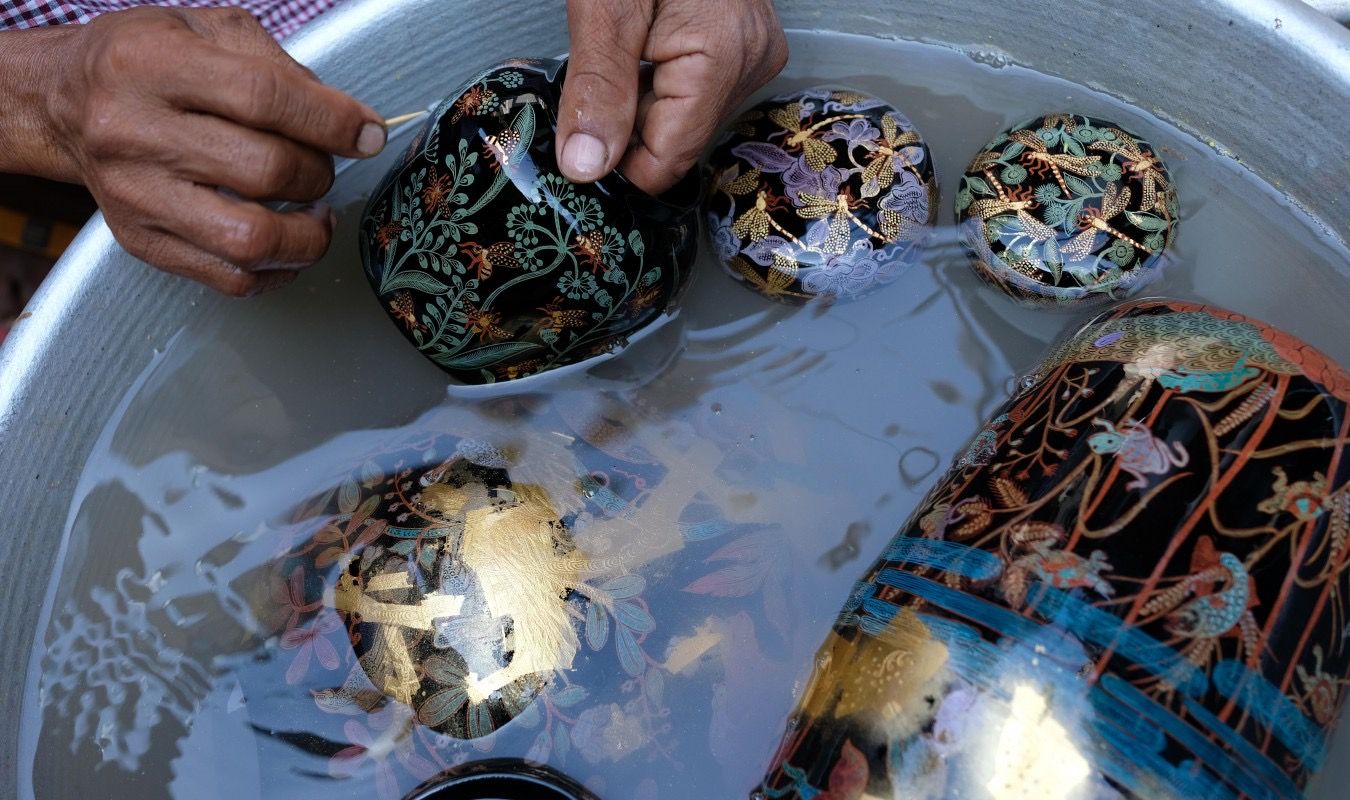
Photo Credit: Turquoise Mountain
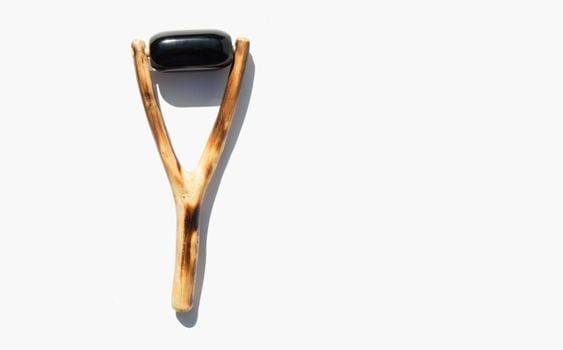
The rock and wood of this implement have deep roots in Mexico; the black obsidian is mined communally in Hidalgo and worked by hand near the Pyramid of the Moon. Moreover, the remedying ability of this simple instrument has been established over millennia and it is used for even distribution of facial oils, increasing circulation as well as its psychic capability to counter fear, anxiety and anger.
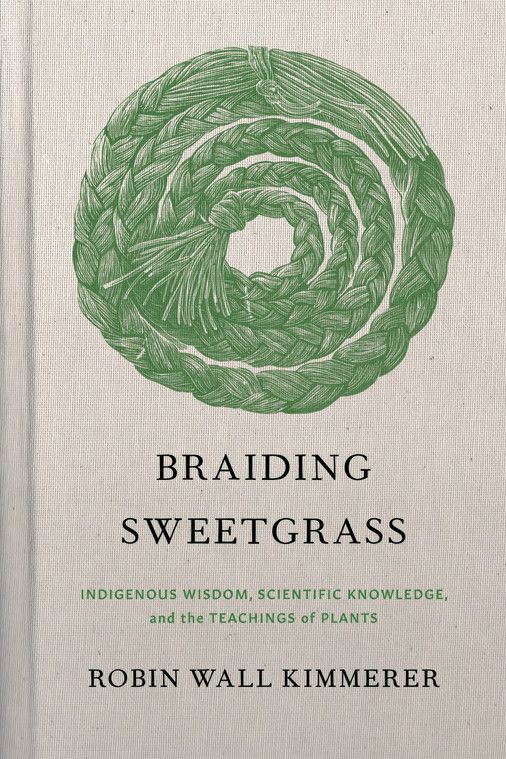
Kimmerer writes of how humankind has much to learn and receive from other living entities; although we might not recall how to listen to the earth, it is vital that we learn again. Through this book she shows us how to embrace the natural world as our teacher, making this edition an essential implement for navigating modernity with grace.
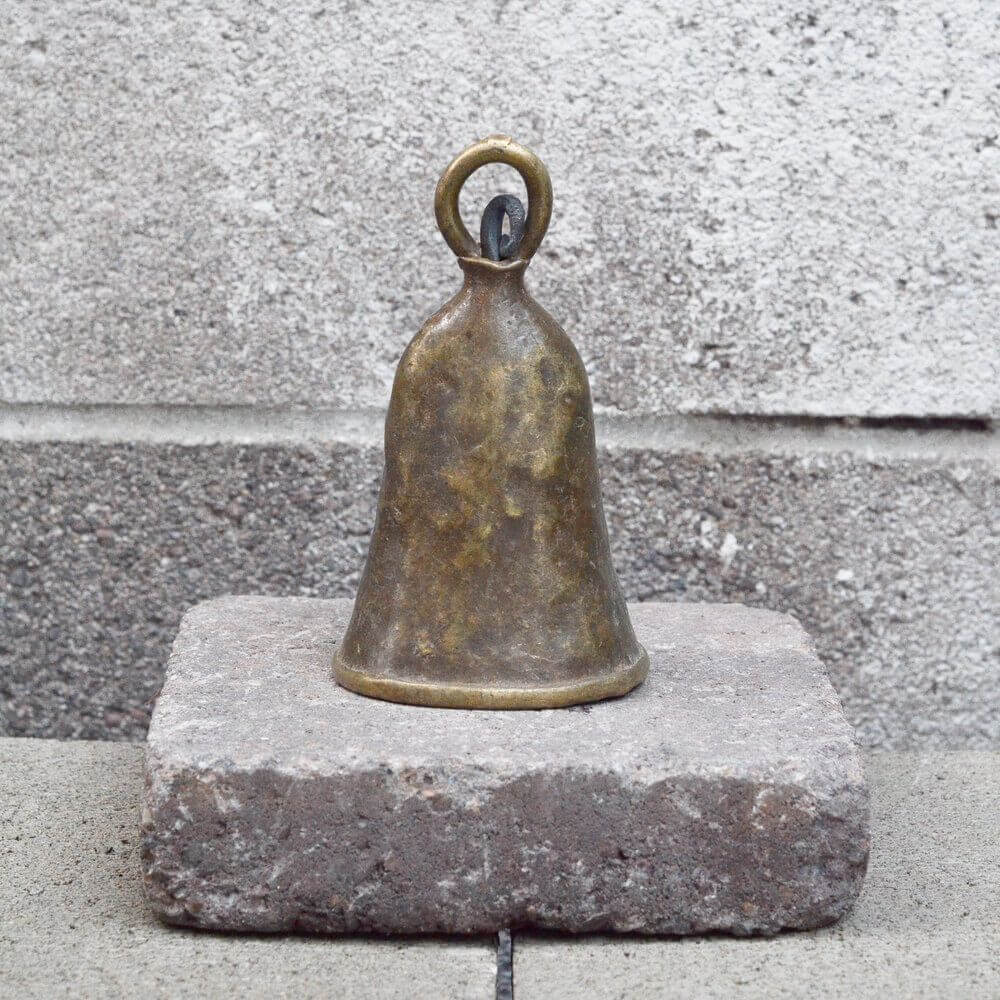
An essential implement for agrarian people, a goat bell transcends utility and becomes ornamental for most of us. This thick brass instrument hand forged by the Nuer people in Sudan conveys the beauty of objects crafted with a simple purpose in mind.
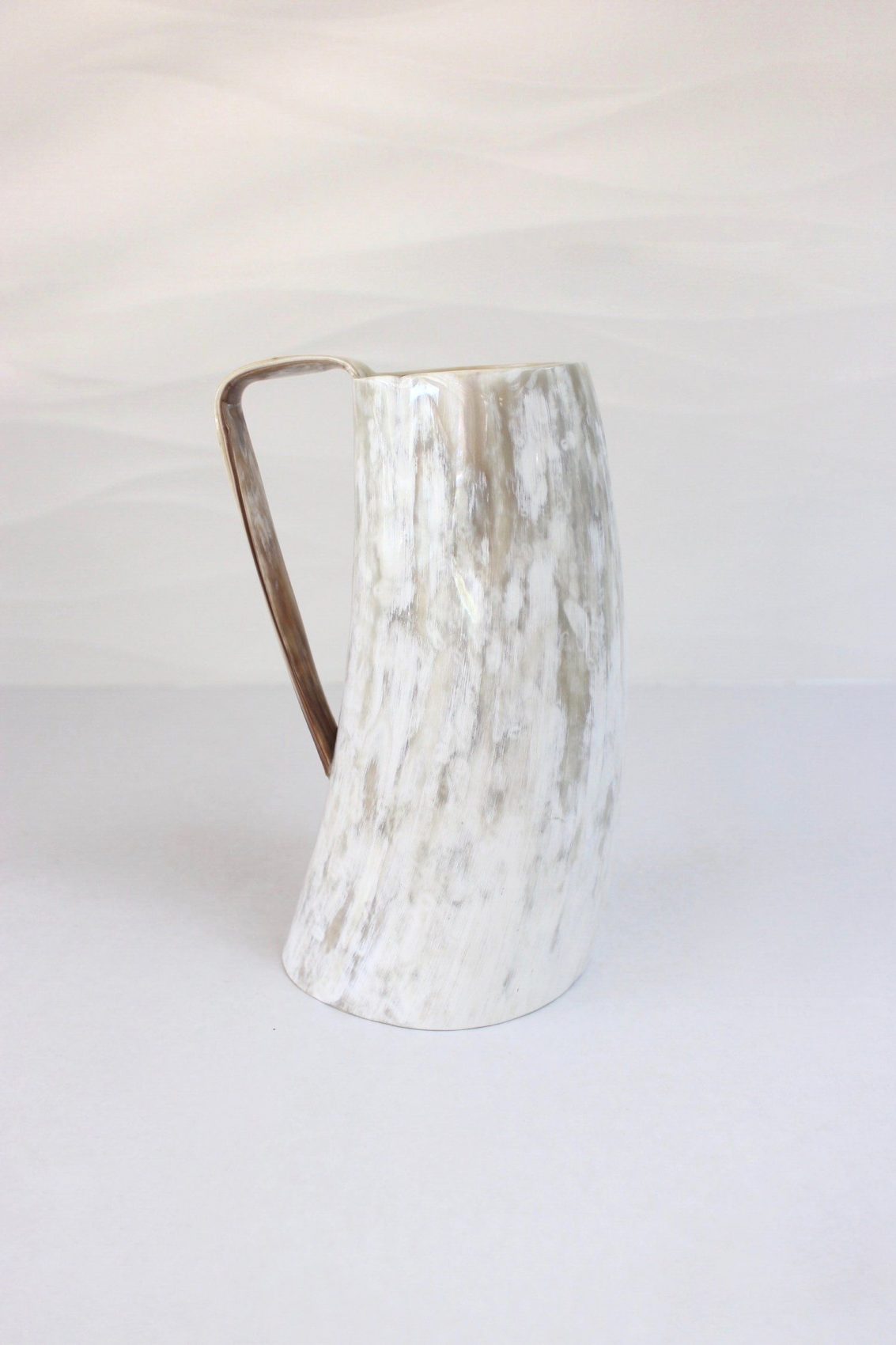
This implement is hand crafted by Ugandan artisans using Ankole cow horn – an ethically sourced material that is a by-product of the food and leather industry and whose use in these household instruments helps to reduce environmental waste. The natural variation of each horn means that each piece is uniquely beautiful.
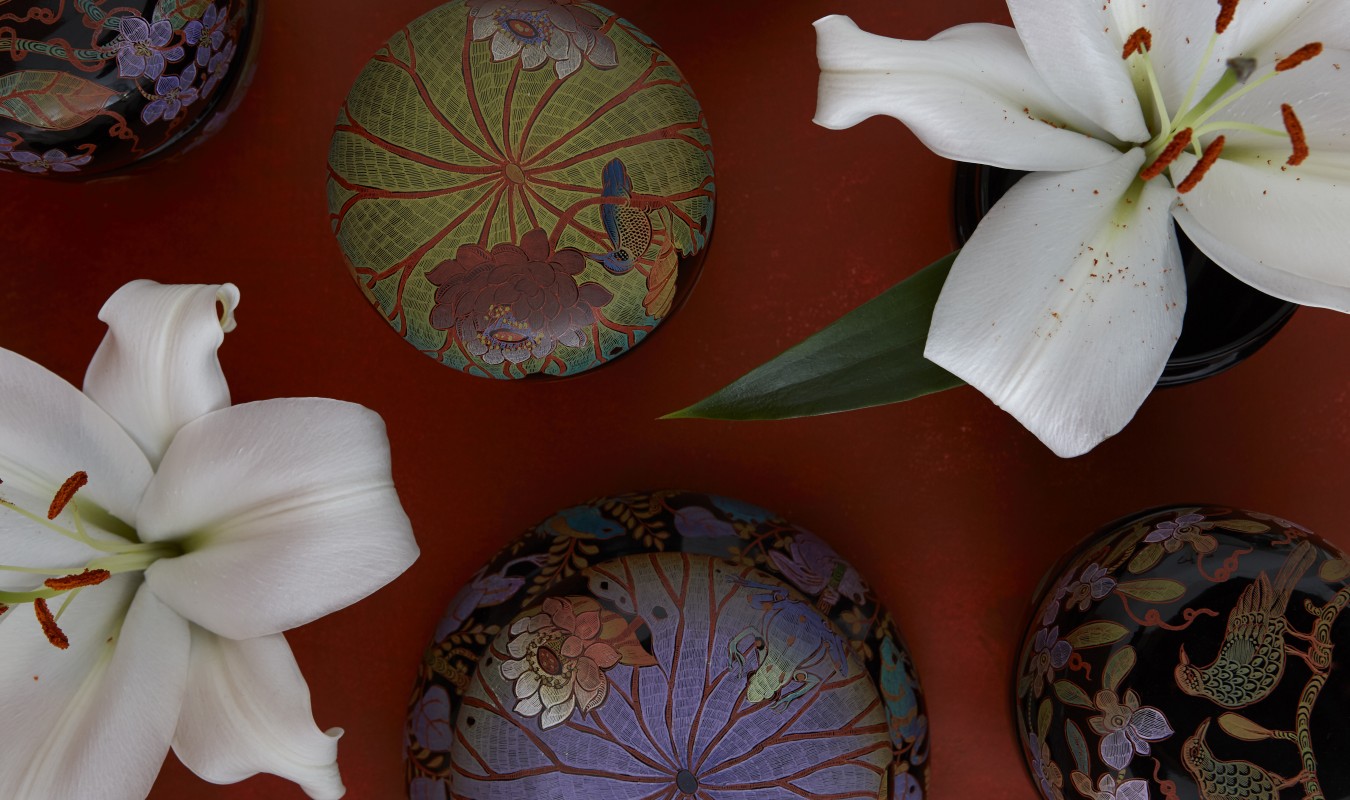
The practice of lacquering is ancient, and its prevalence is notable in several Asian nations; this craft is of particular importance in Myanmar where it is woven into the social and cultural fabric of life. Today, artisans are using methods passed down through generations and as such are keeping the tradition alive.
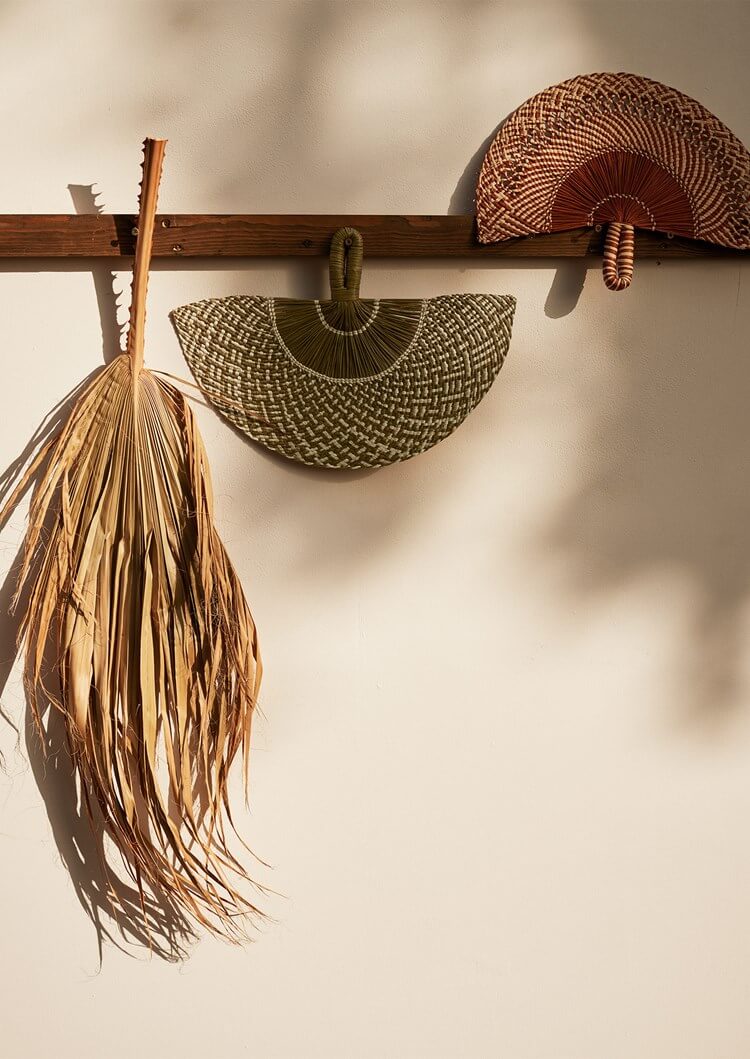
Made in Columbia using Iraca palm leaves this lunar fan features a looped handle, making it easy to tie to your bag, belt, or to hang up on your wall – you can choose whether its destiny is to be decorative or useful. They are made in small workshops by hand and as such the texture and color will be individual to each fan, reflecting the process of the maker.

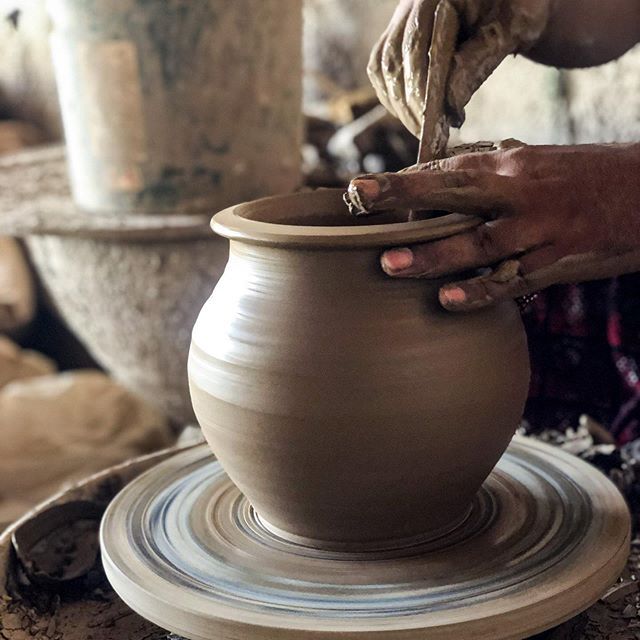
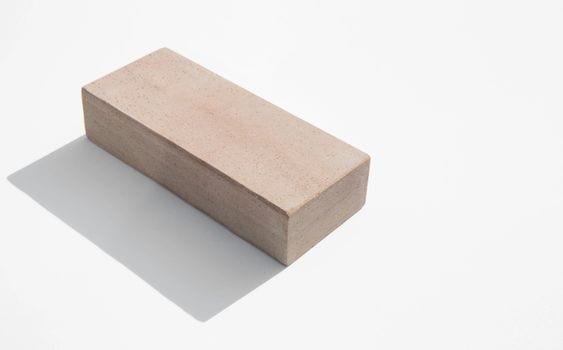
Solsona – a Spanish town outside of Barcelona – has been crafting knives since the 16th century and have been distinguished for their skills since the 18th, but today little remains alive of this centuries old craft. The Pallarés family are one of the last vestiges of this institution, and in their workshop they still hand sharpen and stamp each piece using traditional methods. This beautiful natural rose sharpening stone is recommended to keep knife blades smooth and sharp for years to come.
Photo: Kindred Black
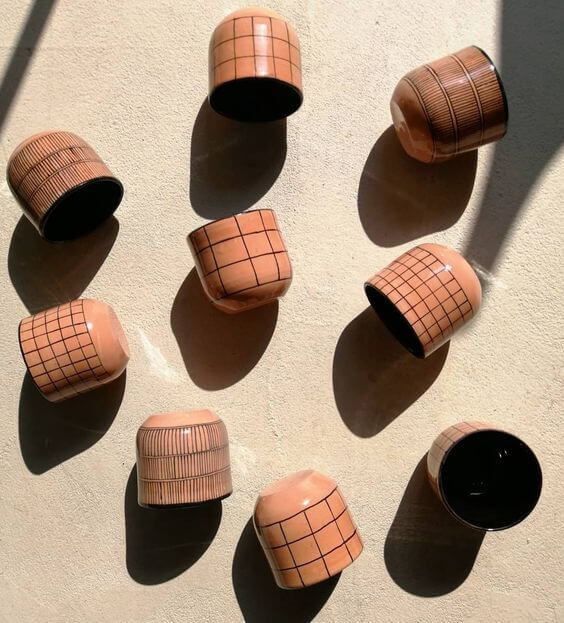
Terracotta is a type of clay based earthenware which has been used for centuries for both ornamental and practical purposes; it has been employed to construct buildings as well as vases and sculptures. These simple ceramics by Noa Atelier attest to the inherent versatility of the material – they can be used as cups, pots, ornaments or spice jars – with their purpose shifting over time as you require new implements.
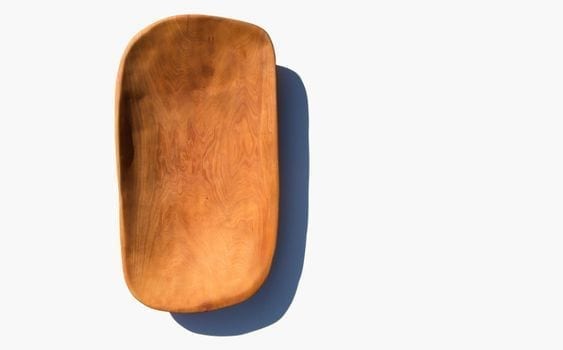
This natural wood platter is handcrafted by the indigenous Tarahumara – who live in the Sierra Madre Mountains in Chihuahua, Mexico – most of whom still practice a traditional lifestyle including inhabiting natural shelters and moving nomadically for certain periods of the year. Madrone bark and leaves have been known for their medicinal properties, but the durability of the wood also provides an exquisite material for making implements for daily use or simple decoration.
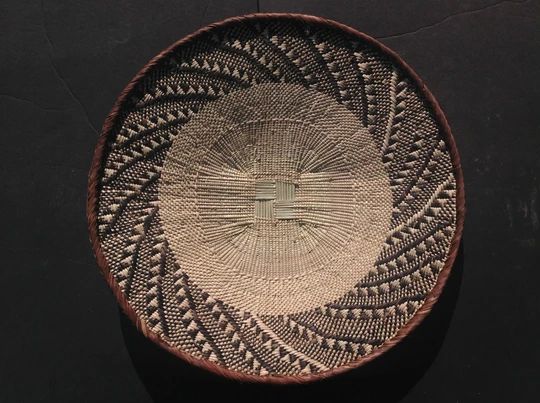
Named after the Binga district of Zimbabwe this basket was used traditionally in farming for the purpose of winnowing maize. These delicate and earthy vessels are hand woven from naturally dyed palm leaves; choose to value them as implement or ornament, either way these baskets will add understated beauty to your home.
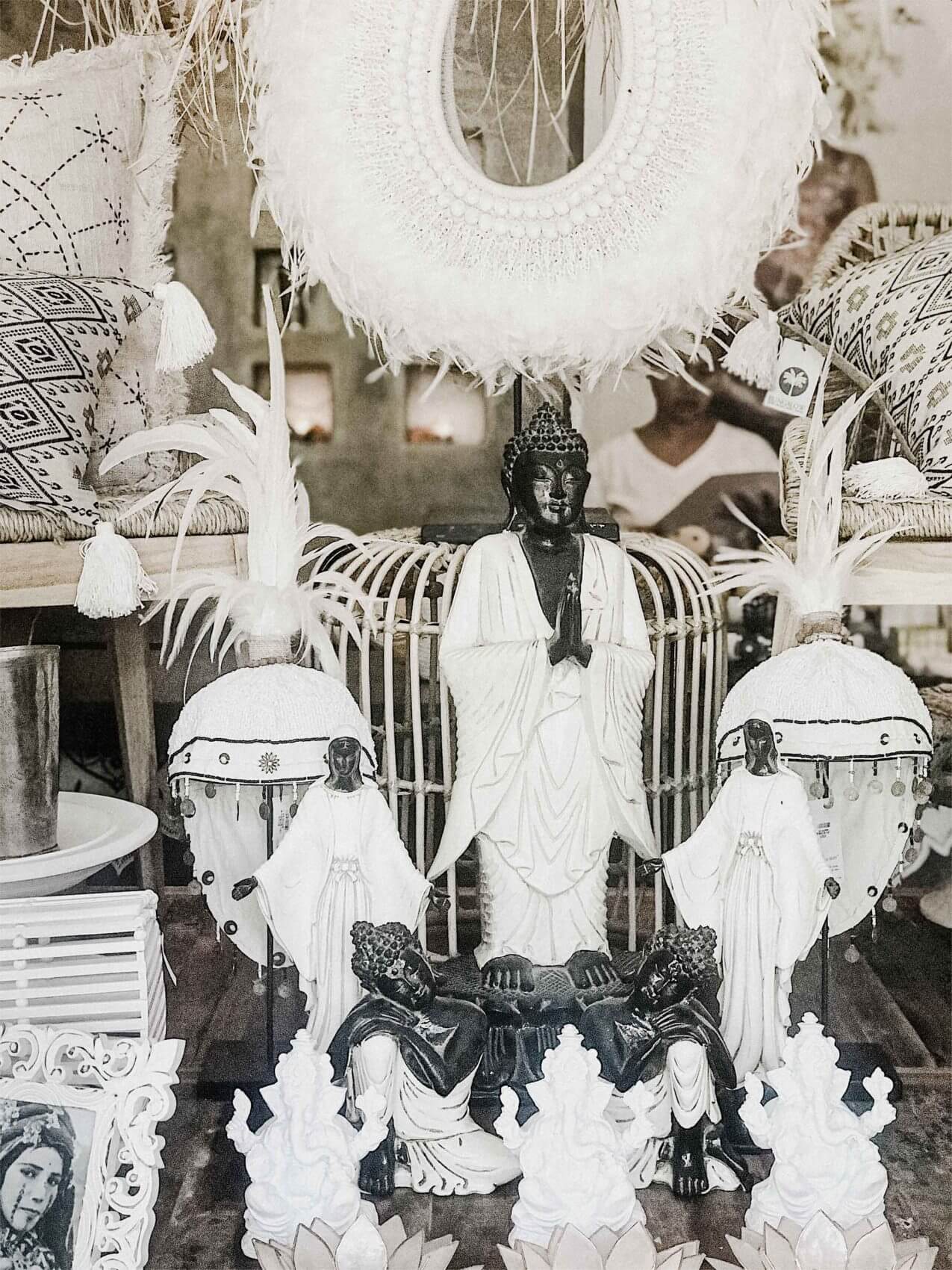
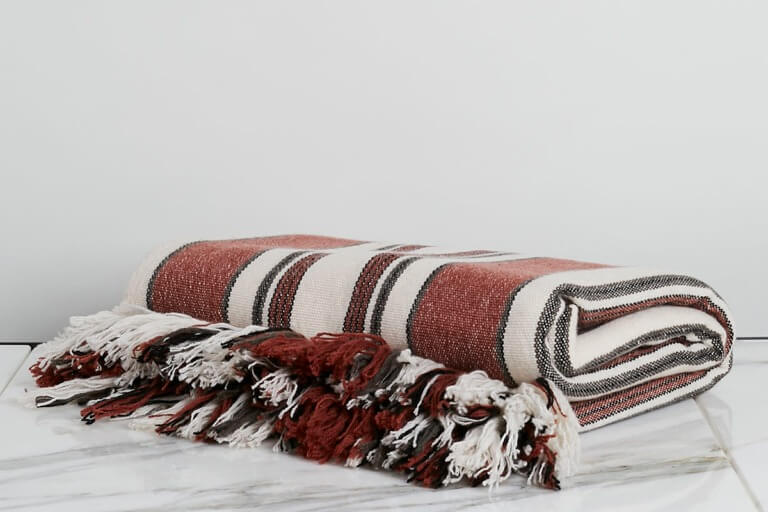
This handwoven Himalayan cashmere blanket with a neutral striped pattern is hand-made in Nepal using traditional techniques. Denis Colomb works in close collaboration with small family owned workshops who create pieces that have long withstood the test of time, using artisanal methods that are hundreds of years old and reflect the nomadic tribes of the region.
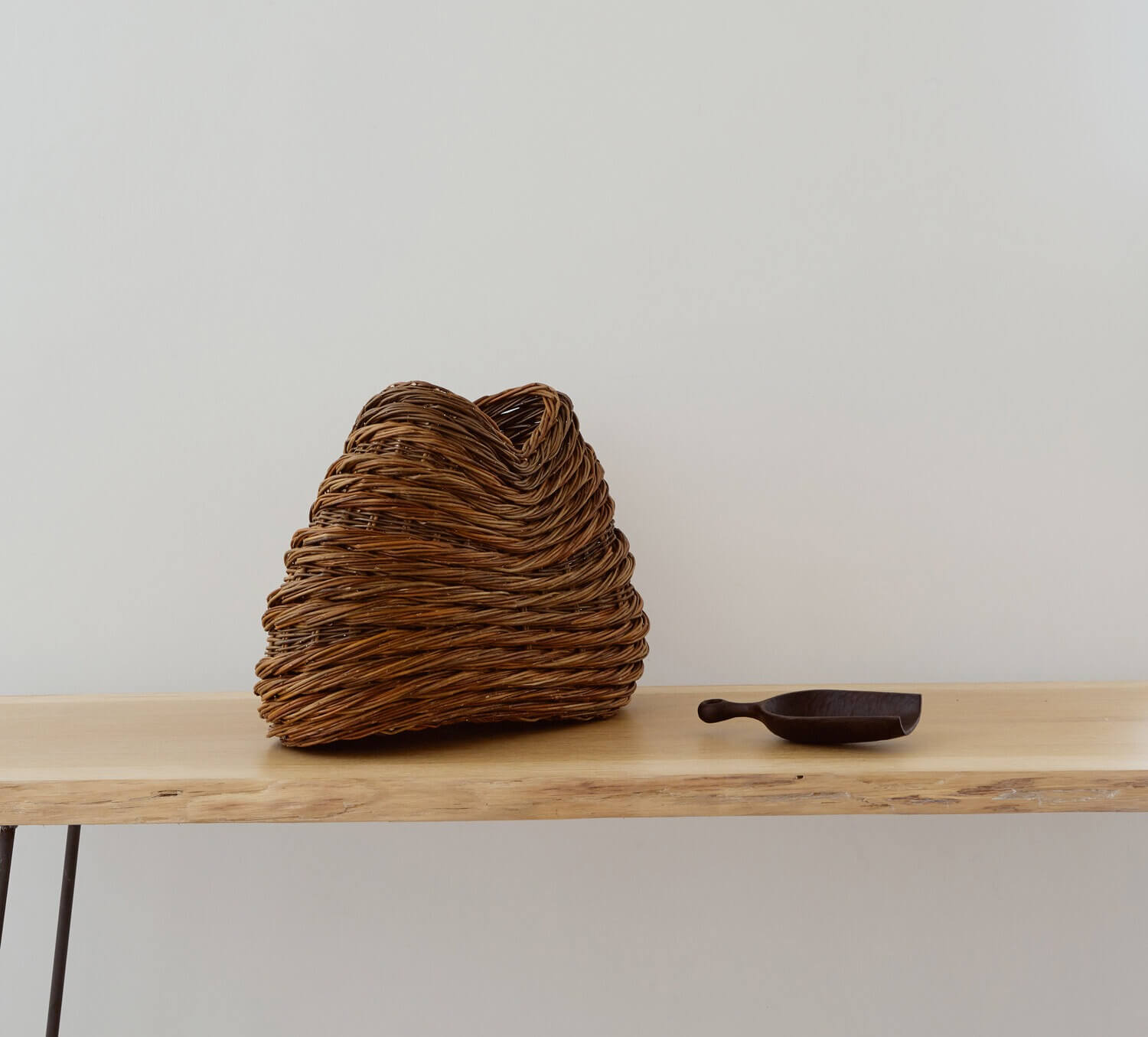
Use this vessel as you will, to keep safe and contain a multitude of household objects. The naturalism that inspires the basket and is innate to its formation will ensure its seamless presence in your home. Alison Dickens takes inspiration from the English countryside and uses materials native to such places, employing the rope-wale technique to plait willow, bark and other plant materials into sculptural receptacles that connect you to the British earth.
Photo: Flow Gallery
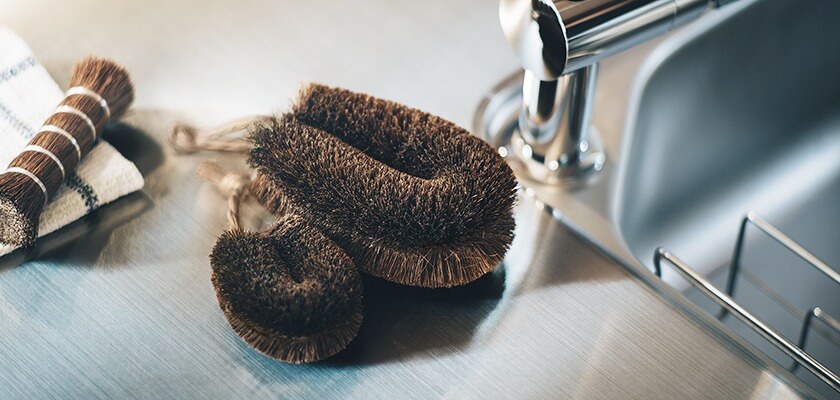
These brooms and brushes have been integral to Japanese households for centuries with cleanliness being a long abiding virtue; the durability and simple grace of these everyday household implements are made to become an enduring part of your home, their windmill palm fibers ensuring your home remains fresh.

